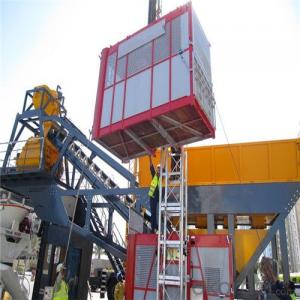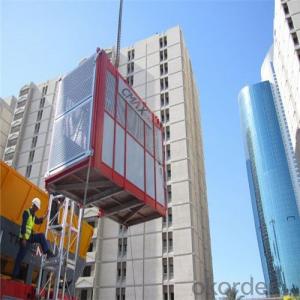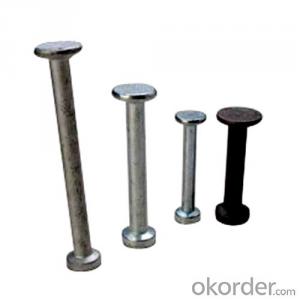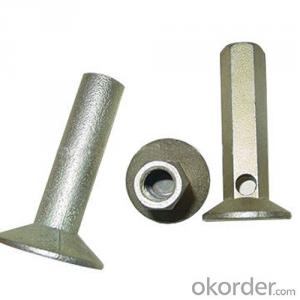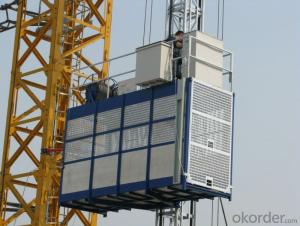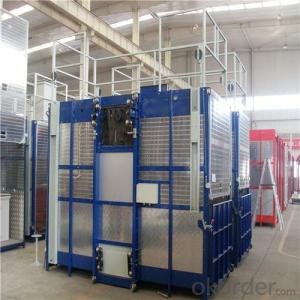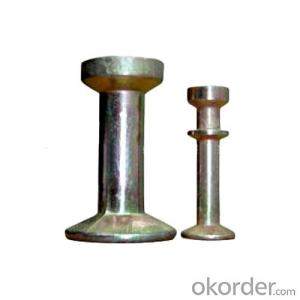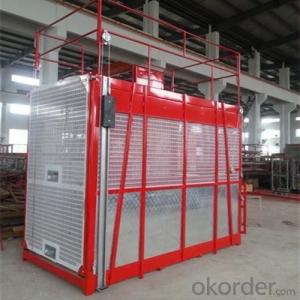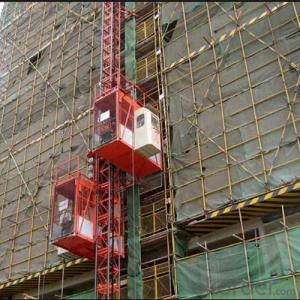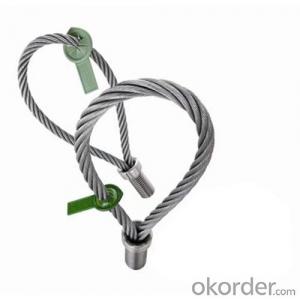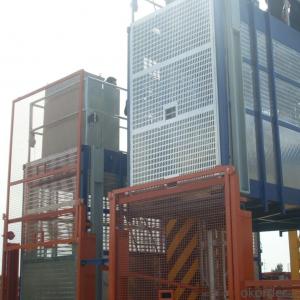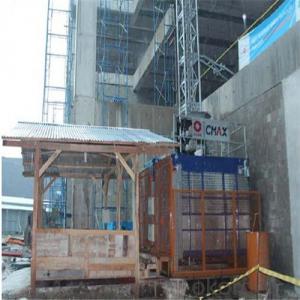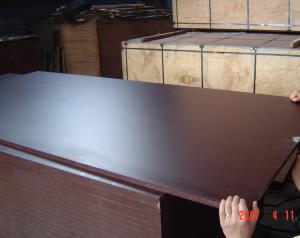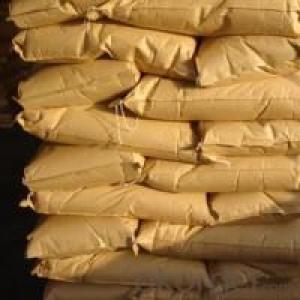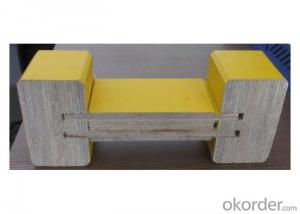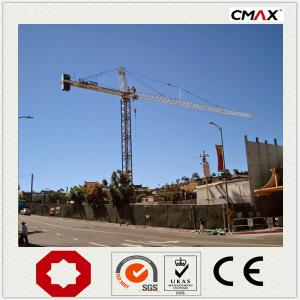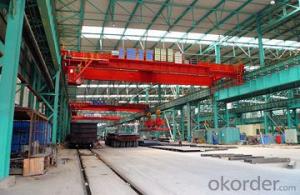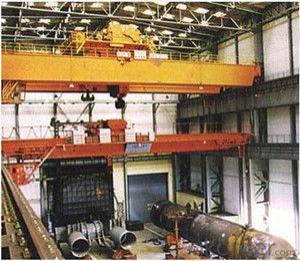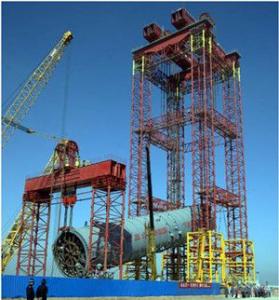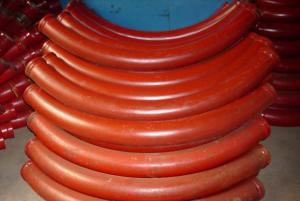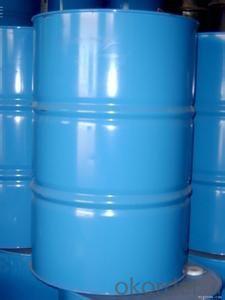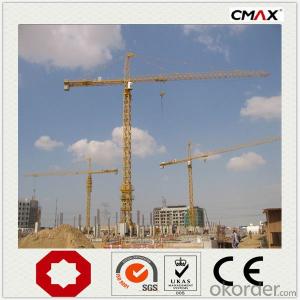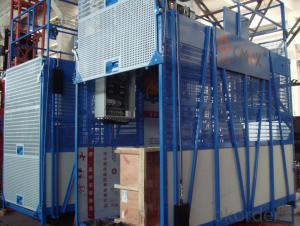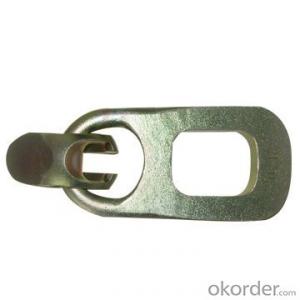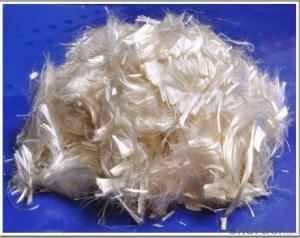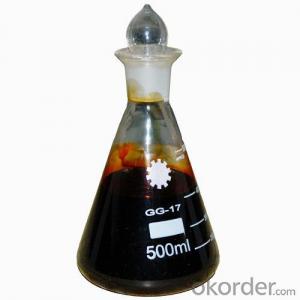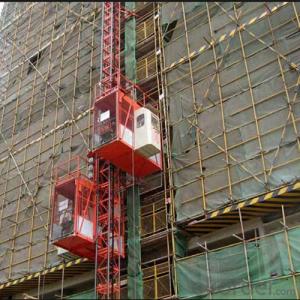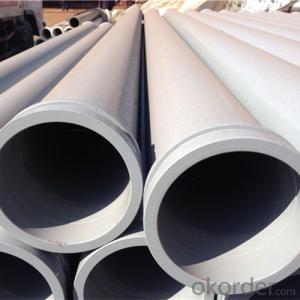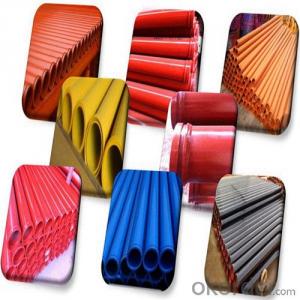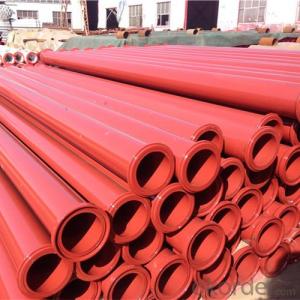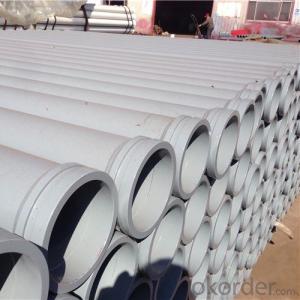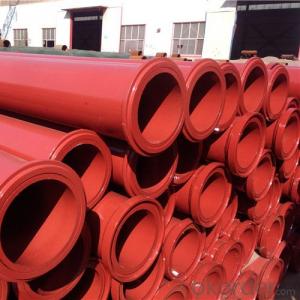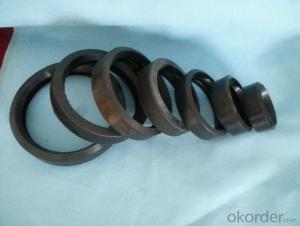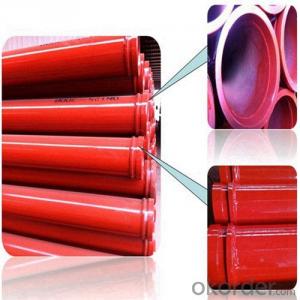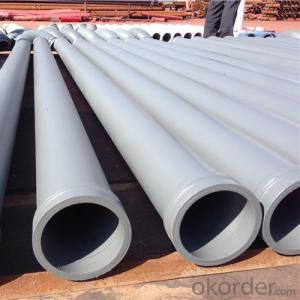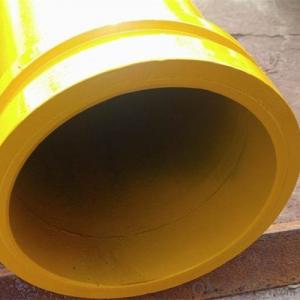Concrete Lifting Eyes
Concrete Lifting Eyes Related Searches
A Frame Lifting Equipment Commercial Building Maintenance Concrete Lifting Eyes Floor Hoist Scaffold Hoist Monorail HoistHot Searches
Aluminum Diamond Plate For Sale Gas Powered Core Aerator For Sale Concrete Plasticizer For Sale Concrete Slabs For Sale Revolution 4 Propeller For Sale Ex Display Log Cabins For Sale Cubicle Partitions For Sale Stearman Propeller For Sale Palram Greenhouses For Sale Gumbo Bowls For Sale Suzuki Propellers For Sale Freight Crates For Sale Outhouse Sheds For Sale Buy Limestone For Carving Buy Alabaster For Carving China Cutting Aluminum Plate 1 4 Aluminum Diamond Plate Price 4x8 Aluminum Diamond Plate Price 4x8 Diamond Plate Aluminum Price Wholesale Cutting Aluminum PlateConcrete Lifting Eyes Supplier & Manufacturer from China
Okorder.com is a professional Concrete Lifting Eyes supplier & manufacturer, offers integrated one-stop services including real-time quoting and online cargo tracking. We are funded by CNBM Group, a Fortune 500 enterprise and the largest Concrete Lifting Eyes firm in China.Hot Products
FAQ
- To properly maintain and replace hydraulic filters in concrete pump spare parts, follow these steps: 1. Regularly inspect the hydraulic filters for any signs of damage, clogs, or excessive dirt accumulation. 2. If the filter is damaged or excessively dirty, replace it immediately to ensure the proper functioning of the hydraulic system. 3. Before replacing the filter, ensure that the hydraulic system is depressurized to avoid any accidents. 4. Carefully remove the old filter and dispose of it properly. 5. Clean the filter housing thoroughly to remove any debris or contaminants. 6. Install the new hydraulic filter, ensuring that it is properly seated and secured in place. 7. Double-check that all connections and fittings are tight to prevent any leakage. 8. Once the new filter is in place, refill the hydraulic system with the recommended hydraulic fluid. 9. After replacing the filter, run the concrete pump and observe for any abnormal sounds, leaks, or pressure fluctuations. 10. Maintain a regular filter replacement schedule based on the manufacturer's recommendations to ensure optimal performance and prevent potential damage to the hydraulic system.
- To determine the correct temperature ratings for concrete pump spare parts, you should refer to the manufacturer's guidelines or specifications. These documents usually provide information on the recommended temperature range within which the parts can function effectively and safely. It is essential to follow these guidelines to ensure the longevity and performance of the spare parts in your concrete pump system.
- Regular inspections of hopper grate clamps in a concrete pump are essential to ensure they are functioning correctly. It is recommended to inspect them on a monthly basis. However, the frequency of inspection may vary based on how frequently the pump is used and the operating conditions it is subjected to. If the concrete pump is used extensively or exposed to harsh environments, more frequent inspections may be needed, such as every two weeks or even weekly. Conversely, if the pump is used infrequently or operates in less demanding conditions, inspections can be done less frequently, such as every two to three months. The objective of these inspections is to detect any signs of wear, damage, or deterioration in the hopper grate clamps. Any loose or worn-out clamps should be replaced promptly to prevent accidents or interruptions during concrete pumping operations. Ensuring the hopper grate clamps are in good condition is crucial for safety and to effectively secure the hopper grate, preventing any undesired material spillage. By conducting regular inspections and timely replacements of hopper grate clamps, the efficiency and reliability of the concrete pump can be maintained. This will ensure uninterrupted operation and minimize the risk of potential issues.
- If the concrete pump valve jam how to judge and deal with?
- When the pipe is blocked, the pump shall be taken repeatedly, reversing the pump, and gradually pump the concrete at the pump's outlet back to the hopper and mix again
- Some signs of a damaged concrete pump S valve may include leaks, reduced pumping efficiency, irregular or interrupted flow of concrete, excessive wear on the valve components, and difficulty in controlling the concrete output.
- Determining the correct hardness and durometer rating for rubber components in concrete pump spare parts requires considering several factors. Firstly, it is important to understand the specific application requirements of the rubber components. Factors such as the pressure, temperature, and frequency of use should be taken into account. Next, it is essential to consider the compatibility of the rubber material with concrete and other chemicals that may come into contact with the components. Chemical resistance is crucial to ensure the durability and longevity of the rubber parts. Additionally, analyzing the expected load and stress on the rubber components is crucial. Considerations such as the weight of the concrete, the force applied during pumping, and the potential impact or abrasion should be evaluated. Furthermore, environmental conditions should be considered. Factors like exposure to sunlight, extreme temperatures, or harsh weather conditions can affect the performance and lifespan of rubber components. Another aspect to consider is the specific type of rubber material used. Different rubber compounds have varying hardness and durometer ratings. Consulting with rubber manufacturers or suppliers who specialize in concrete pump spare parts can provide valuable insights and recommendations based on their expertise and experience. Ultimately, determining the correct hardness and durometer rating for rubber components in concrete pump spare parts requires careful evaluation of the application requirements, compatibility, load and stress factors, environmental conditions, and expert advice.
- There are several indications that can point to a malfunctioning concrete pump water pump. 1. Lack of water flow: One of the most obvious signs of a malfunctioning water pump is a lack of water flow. If the water pump is not working properly, it may not be able to deliver water to the concrete pump, resulting in reduced or no water flow. 2. Reduced water pressure: Another indication of a malfunctioning water pump is reduced water pressure. If the pump is not functioning properly, it may not be able to generate enough pressure to deliver water effectively to the concrete pump. This can result in a weaker or inconsistent water stream. 3. Strange noises or vibrations: Unusual noises or vibrations coming from the water pump can be a sign of a malfunction. If there are any mechanical issues or loose components within the pump, it can cause these abnormal sounds or vibrations. 4. Overheating: A malfunctioning water pump may also overheat due to various reasons such as a clogged filter, worn-out bearings, or faulty motor. Overheating can lead to further damage and may eventually cause the pump to stop working altogether. 5. Leaks: If there are any visible leaks around the water pump, it is a clear indication of a malfunction. Leaks can occur due to damaged seals or gaskets, loose connections, or cracks in the pump housing. These leaks can lead to water loss and reduced pump efficiency. 6. Inconsistent or unpredictable water flow: When the water pump is not functioning properly, it may cause inconsistent or unpredictable water flow. This can result in irregular distribution of water to the concrete pump, affecting the quality and consistency of the concrete being pumped. It is important to regularly inspect and maintain the water pump to ensure its proper functioning. If any of these indications are noticed, it is recommended to immediately address the issue by contacting a professional to diagnose and repair the malfunctioning water pump.
- Certainly, a warranty is provided for concrete pump spare parts. The duration of the warranty may differ depending on the manufacturer and the specific part being acquired. Typically, well-established manufacturers and suppliers offer warranties on their spare parts to instill confidence in customers regarding the product's quality and dependability. It is crucial to thoroughly examine the warranty's terms and conditions to comprehend the coverage and duration. Should any flaws or complications arise within the warranty period, customers can usually obtain a replacement or have the part repaired without incurring any additional expenses.


